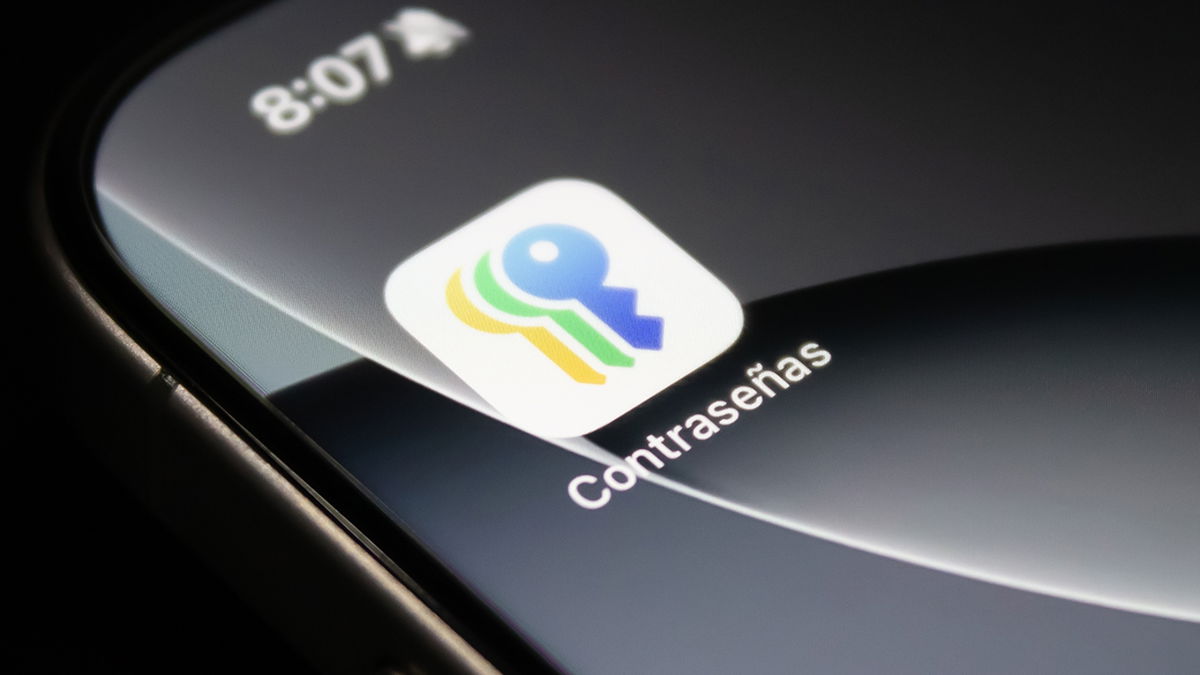Digital security firm Kaspersky has released information about a recent cyberattack that targeted Kaspersky employees’ iPhones, which were infected with spyware as part of a campaign dubbed “Operation Triangulation.”
Hackers were able to infect iPhones using what Kaspersky called an “invisible iMessage with a malicious attachment” that can be activated without user interaction. Once installed, Triangulation was able to collect sensitive information (audio recordings, photos, geolocation, etc.) and transmit this data to remote servers. All of this can happen without the user noticing.
In another more technical article, Kaspersky points out that “the most recent version of successfully targeted devices is iOS 15.7”. An Apple representative told Ars Technica that “there is no indication in Kaspersky’s account that any of the exploits work on iOS versions later than 15.7.” A Kaspersky representative told Ars Technica that one of the iOS vulnerabilities was recorded as CVE-2022-46690 in the CVE.report database, which Apple patched in iOS 16.2, according to Security Notes. Apple.
Kaspersky was able to detect the triangulation thanks to its unified monitoring and analysis platform. The company also said: “Due to the closed nature of iOS, there are not (and there cannot be) standard operating system tools to detect and remove this spyware from smartphones. infected.” If an iPhone has the ability to update iOS disabled, this could be an indirect indicator of a triangulation infection.
Kaspersky has created a free utility to check an iPhone backup for triangulation infection. The company has full instructions on downloading and using its triangle_check utility for Mac, Linux, and Windows. The utility is a Python package, not a typical Mac app, and Mac users will need to use the macOS Terminal app and install a pip utility in order to use Kaspersky’s tool.
iPhone viruses and malware are rare, but no device is completely invulnerable. Apple urges users to update to the most recent version of IOS that a device can support to ensure the latest security patches are installed. Learn more about iPhones and viruses, and check out our guide on how to remove a virus from an iPhone or iPad.








